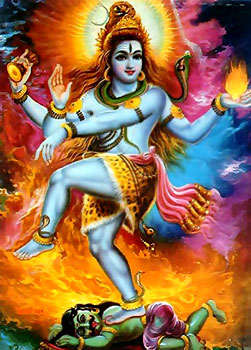 Hastas in Hindu iconography include the gestures like Gaja, Hastasvastika, Pataka, Damaru, Kataka, Ardhacandra and Kartari. Each Hastas are briefly given below:
Hastas in Hindu iconography include the gestures like Gaja, Hastasvastika, Pataka, Damaru, Kataka, Ardhacandra and Kartari. Each Hastas are briefly given below:
Gaja
In this gesture the arm is stretched diagonally across the chest where the fingers are pointing down. This gesture is a symbol of the greatest above all in Shiva Nataraja.
Hastasvastika
Here the arms are crossed in front of the chest. This indicates complete surrender to god who is superior in position.
Pataka
In this gesticulation the arm is stretched which looks like the bird`s wing. This symbolizes strength. This gesture is also referred to the power of flames in a fire sometimes.
Damaru
This gesture has no symbolic significance as such. The gestures are closely linked to the symbolic objects they are holding. They are often depicted without these objects. This is the signal with which the drum is held.
Kataka
This position invites the worshipper to present flower as the gift.
Ardhachandra
Here the God carries fire either with or without a fire bowl.
Kartari
Generally attributes are held with this position. If this is made without an attribute between it symbolizes the antlers of a deer. This represents the contradictions that are inherent in all things.
This article is a stub. You can enrich by adding more information to it. Send your Write Up to content@indianetzone.com




















